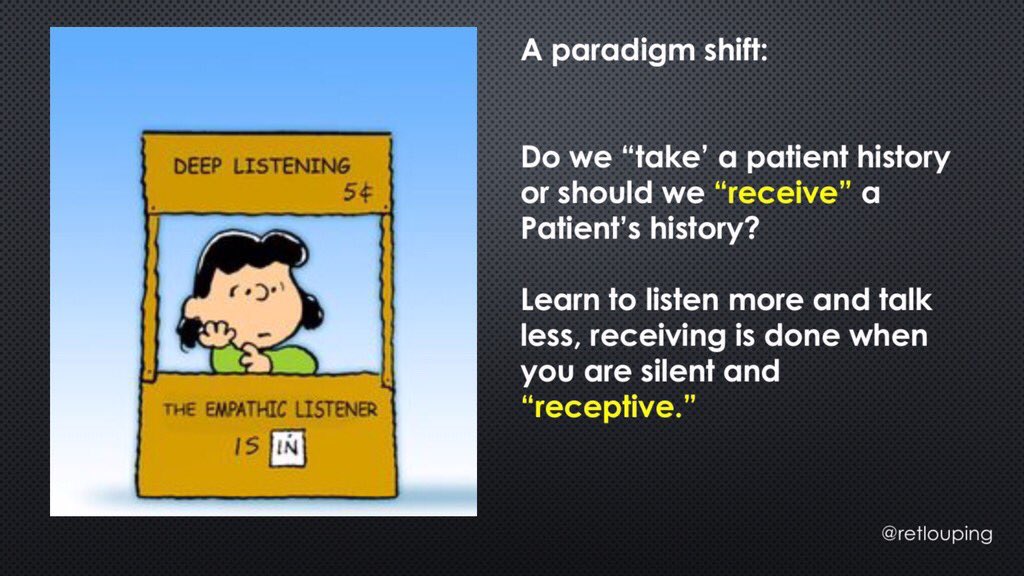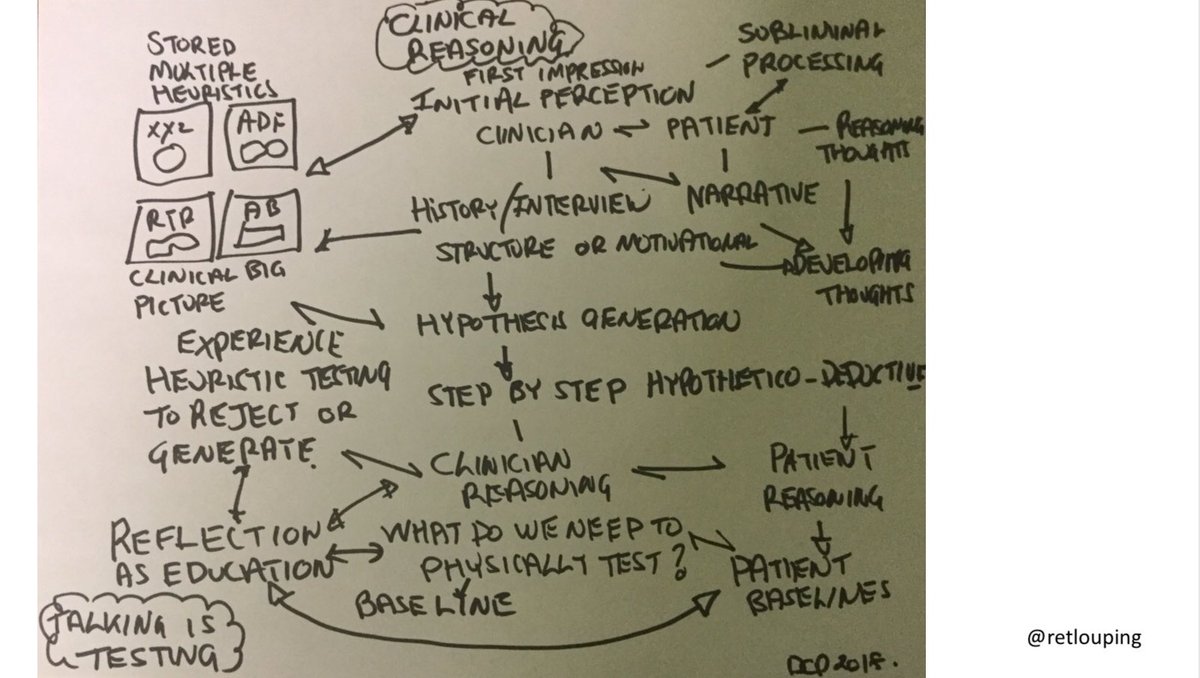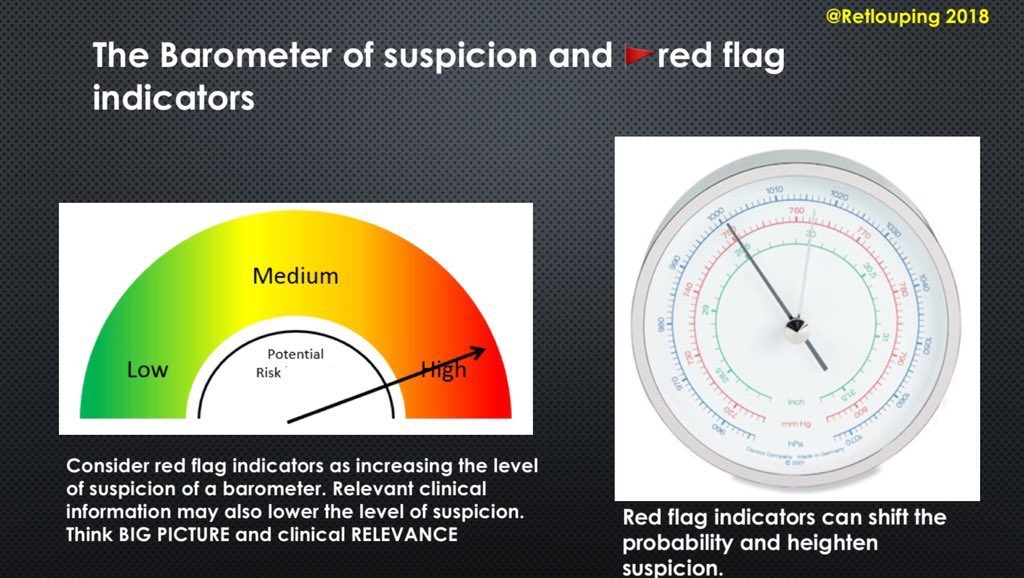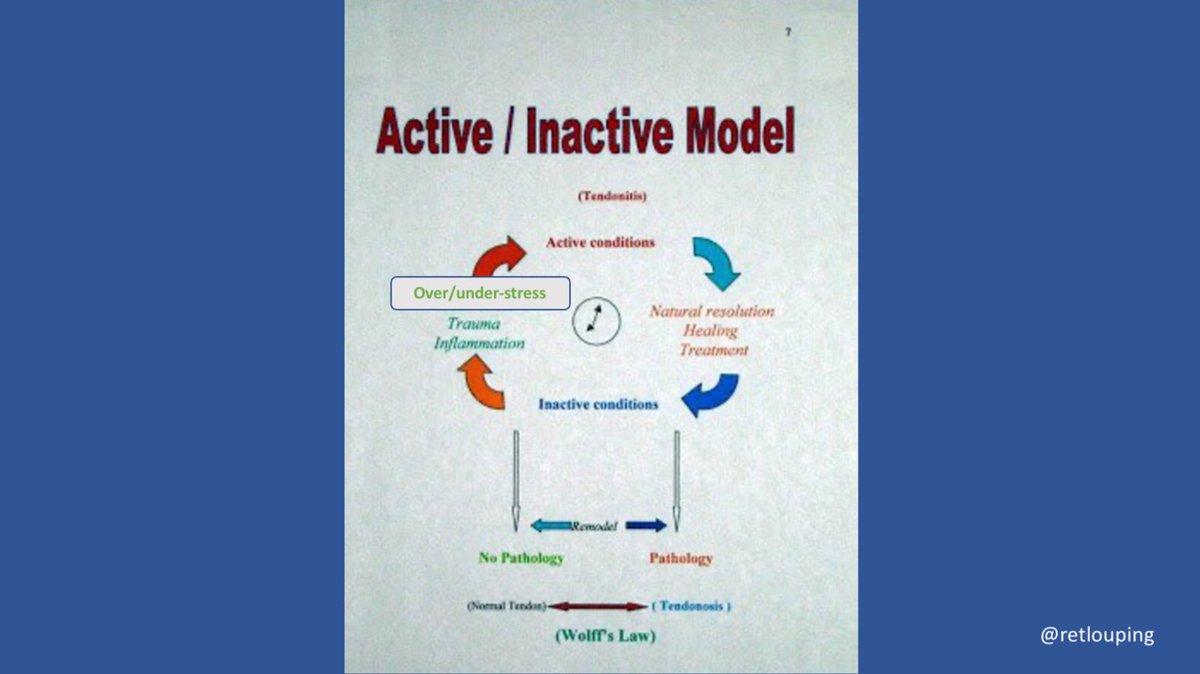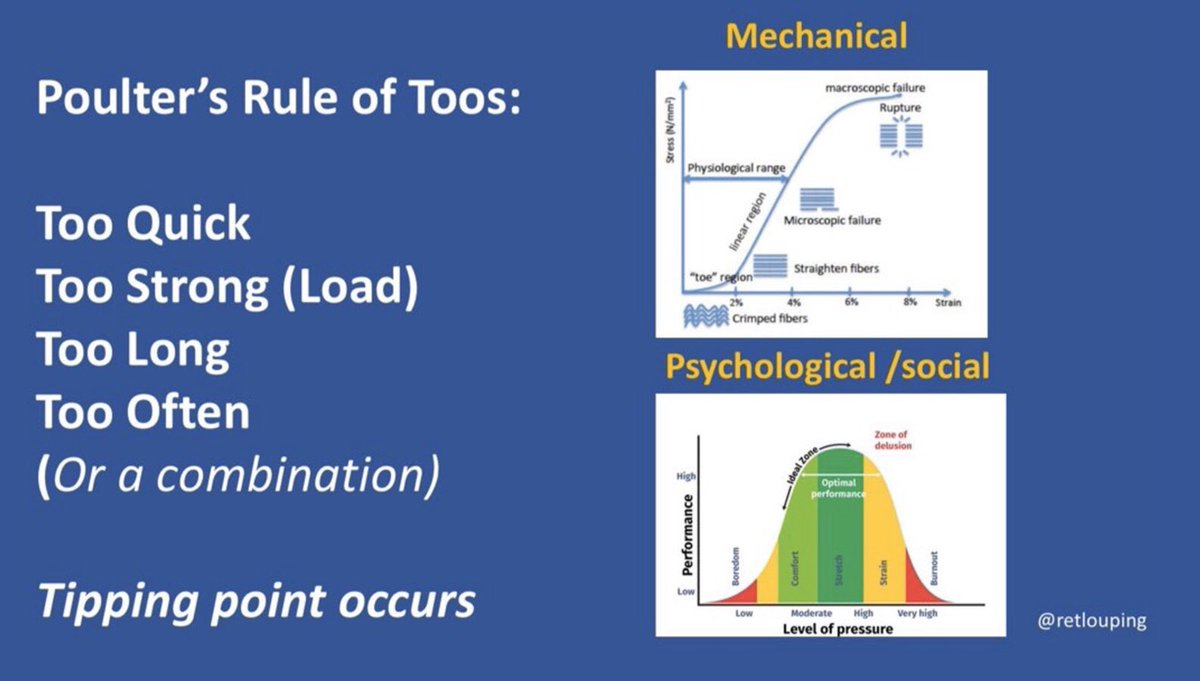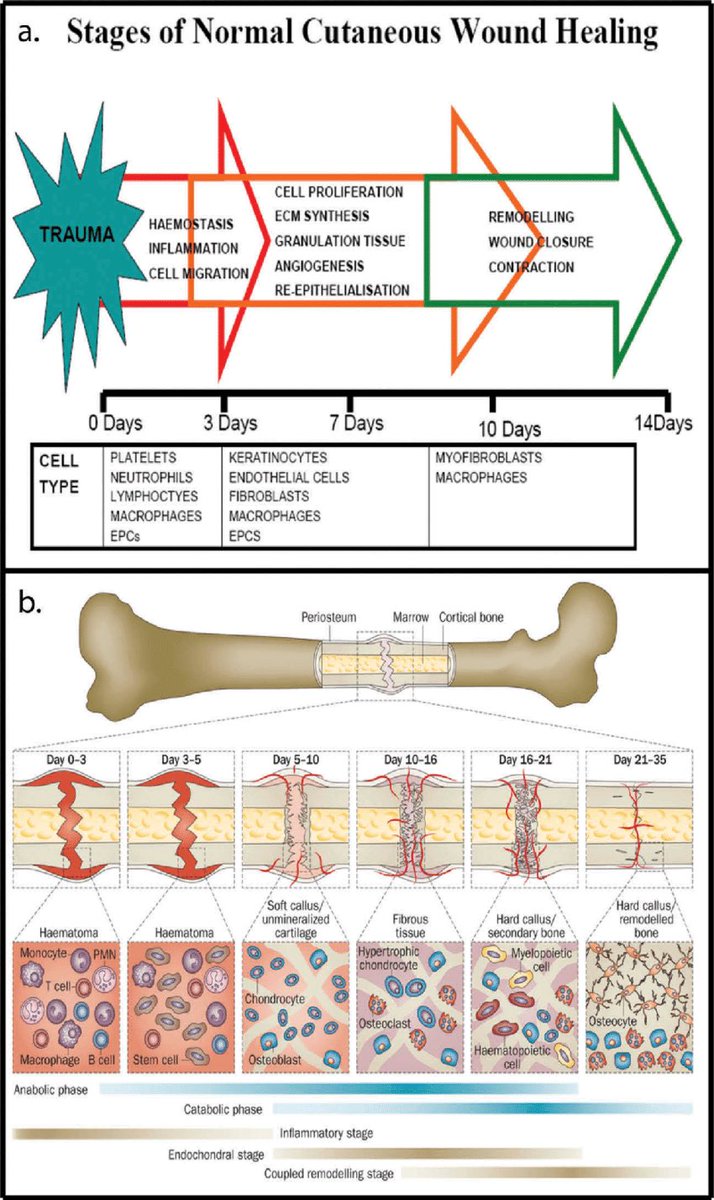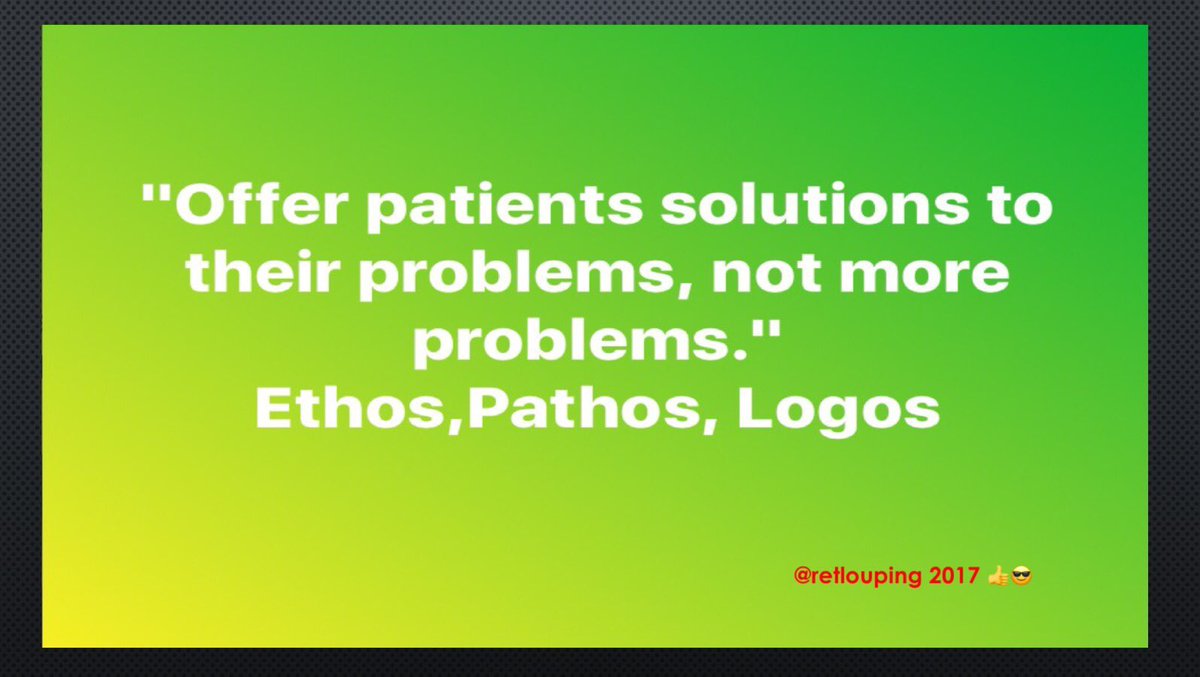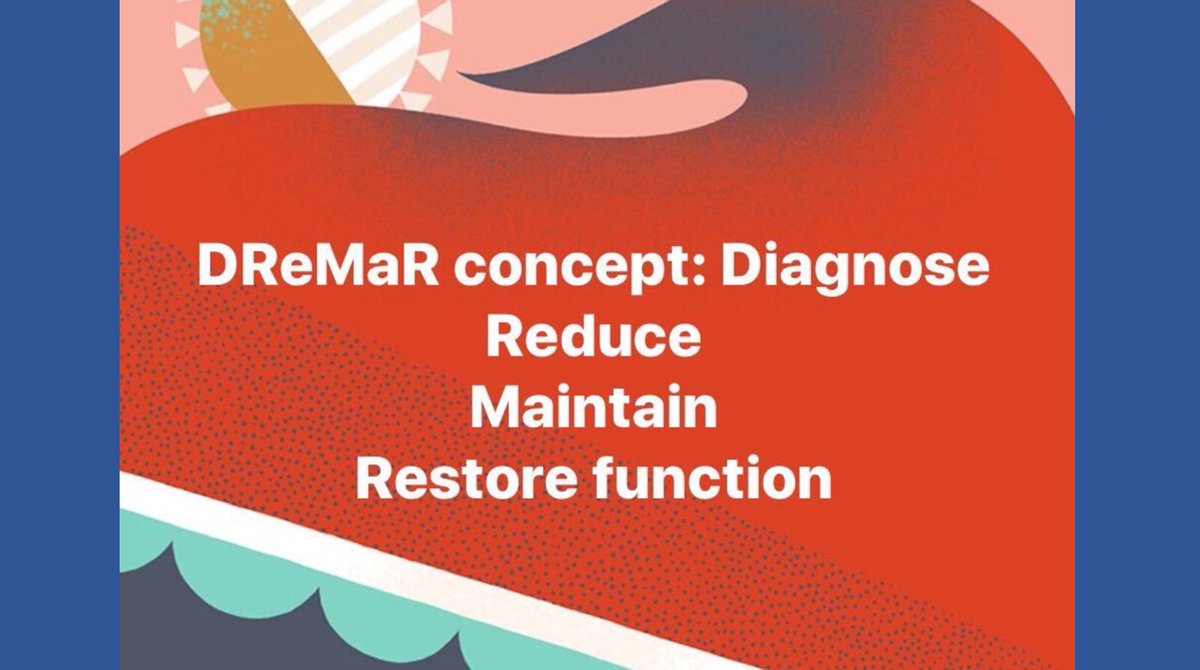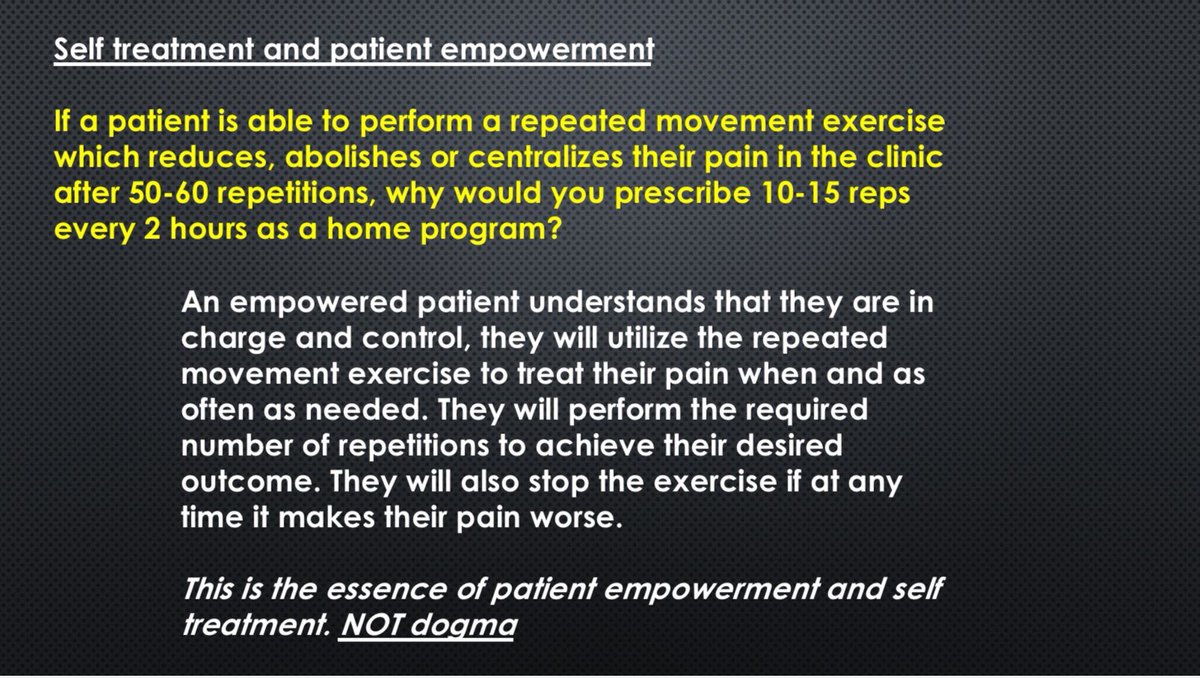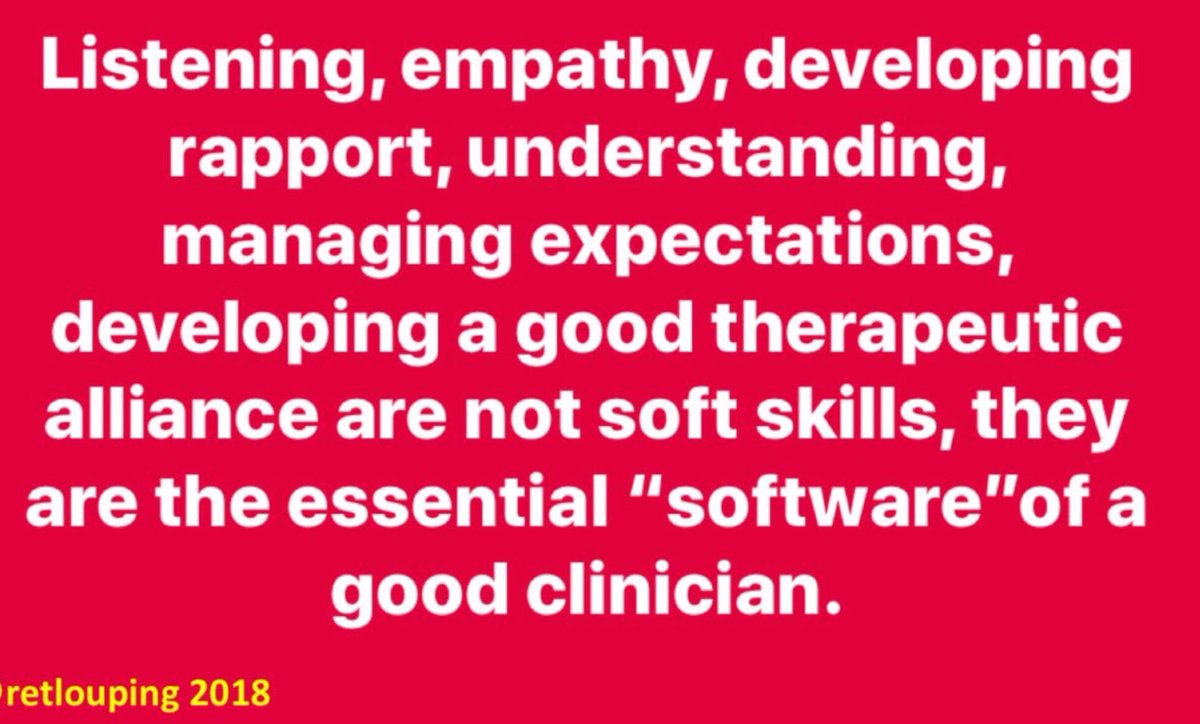Today’s episode of “Old Man Shouting at Clouds” is a continuation from yesterdays McKenzie 101 introduction.
I decided to call it “Why I don’t do McKenzie” a tweetorial into my symptom modification clinical reasoning examination and treatment process. I utilize the big picture
I decided to call it “Why I don’t do McKenzie” a tweetorial into my symptom modification clinical reasoning examination and treatment process. I utilize the big picture
I prefer to use th term “receiving a patient history or narrative” this has a more patinet centered meaning than “taking” a history IMO. Unlike with pure motivational interviewing I actually do an introduction to set expectations, and ask open and closed questions with INTENT.
My reasonig process and questioning is reflective and patinet centred, I utilize a clinical reasoning process based on mechanical and symptomatic responses questioning and inquiry. I sketch the typical process below. I outlined a simple hypothetico deductive resining proces
In my last episode. as with all history receiving identification of any red flags and serious conditions is a key part of the reasoning process. I utilize a Bayesian conditional probability approach and term it “the index of suspicion” I posted an excellent webinar on Red flags.
For more in-depth details refer to the webinar on twitter. Below is a brief review of some key indicators for low back pain red flags. I propose that Histroy and examination are synergistic and any testing is driven by the history/patinet narrative.
It is important to remember both the history and examination require active informed participation from the patient. I have previously stated that I rarely if every use pain provoking tests, as verbal reporting from the patient is often adequate. TRUST them.
Any formal testing I use is actually baseline setting. The model I use for clinical reasoning during the history is NOT to identify the McKenzie syndromes I utilize a simpler model know as the ACTIVE/INACTIVE model, let me just say McKenzie didn’t like the model, I still do.
The model is simply based on the mechanical and symptomatic responses relayed by the patient during the history or examination. The model proposes three mechanisms overstress (sometimes under stress) inflammation and Trauma. The Over stress model utilizes my Rule of Toos.
Active conditions are ones with a “heart beat” they have variable mechanical and symptomatic responses in the history, McKenzie’s Derangment syndrome would fit this category, as would acute inflammatory disorders, or trauma. the cycle demonstrates recovery offer time via healing
Which has recognised times and phases for each tissue, natural resolution which is the recovery via non-healing mechanisms (a discussion for another day) and Tretament strategies.
INACTIVE conditions are ones with no “heart beat” their responses to mechanical loading....
INACTIVE conditions are ones with no “heart beat” their responses to mechanical loading....
Are predicatable, non varying and stable in the clinic. there are two type of INACTIVE conditions, pathalogical including tendinopathy, McKenzie dysfunction & arthrofibrosis. Non Pathalogic include neuropraxia, ischemia and McKenzie posture syndrome.
During receiving the patinets history my intent is to exclude serious pathology, generate multiple hypotheses, identify active or inactive conditions.
At the end of the history I utilize base line settings Remeber any baseline must be “reportable and portable over time”
At the end of the history I utilize base line settings Remeber any baseline must be “reportable and portable over time”
The most important baseline is the Patient self baseline (see above) baselines can be categorized as Mechanical, Symptomatic and Safety as well as patients self. Safety baselines must be tested each visit and monitored by the patient to monitor for worsening. Once baselines are
They are utilized to measure effect in the clincs and between visits. I prefer to offer patient solutions to their presenting problems, education is a constant process during the synergistic event. We know not I know. My process is to find resolutions solutions form the history
May process generally follows the DReMaR concept. It is the essence of basic orthopedics, Diagnose: decide on a label hypothesis, Reduce: pain, swelling deformity, fear , myths, blockage to movement Maintain: symptomatic and mechanical gains, education trust. Restore function:...
Graded exposure. Remember graded return to loading is nothing new, NWB on crutches, Toe touch, Patrial weightbearing, one crutch , cane, FWB are normal graded loading progressions.
I utilize a patinet centered education approach and guide the patinet through the symptom...
I utilize a patinet centered education approach and guide the patinet through the symptom...
Modification process. My role is to Empower and allow understanding. A side note I commonly use posture alteration as a temporary “maintenance: strategy, some may be shocked by this but it is similar to advocating a cast for a fracture or a brace for a knee. Temporary alteration
Can be an effective part of the “resolution solution” I ensure that the patient understands the intent of any temporary posture alteration. The key to effective symptom modification procedure is listening and identifying “Prefered directional Loading” from the history.
I guide the patient through repeated movements that were identified in the history, this is not rocket science. Temporary avoidance of provoking & maximizing the beneficial. As I have stated previously the frequency, duration of self treatment is patient self directed.
Patients who are diagnosed as inactive conditions receive the correct information to begin a long term remodeling program either by progressive loading as in tendinopathy or repeated. Loading unidirectional as in arthrofibrosis. Informed educated patients have a choice hence
“Compliance and Adherence.” Are never an issue. to quote and paraphrase Yoda self directed patinet centered care is “do or Don’t there is not try.” I offer guidance e and solutions, the patients decides if these are what they desire.
I hope this make sense and is of some value. As always thanks for reading Stay safe.

 Read on Twitter
Read on Twitter
